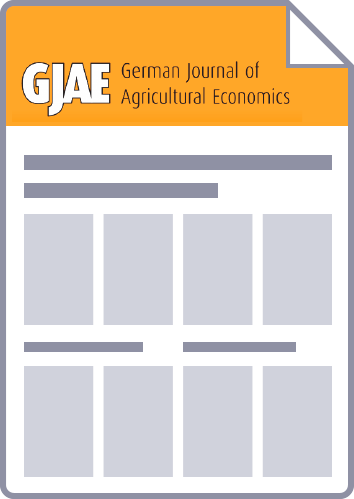As many parts of today’s society have only few direct connections to farming, an increasing alienation of the population from agriculture is noticed in Germany. Especially pig farming is criticised due to a discrepancy between farmers’ and citizens’ perception of animal welfare in modern livestock farming. With regard to the increasing use of the internet, social media, picture and film materials have become essential in communication about livestock production. In this context, it is important to deal with the effects of pictures and videos on citizens’ perception and evaluation. In general, the perception of videos is affected by the viewers’ characteristics. Apart from that, the perception of videos is affected by picture design and picture elements. The aim of the present study is to analyse people’s perceptions and evaluations of film material showing a pig fattening pen. For this purpose, 464 participants were randomly shown four out of sixteen videos in an online experiment. The videos varied according to housing conditions (e.g. weight of the pigs, stocking density) and recording conditions (e.g. camera angle, lighting conditions). A cluster analysis based on belief in animal mind, interest and knowledge about pig farming and meat consumption was conducted. Subsequently, the identified segments, the different housing con-ditions and the recording conditions of the videos were used as independent variables to perform an analysis of variance with the evaluations of the videos as dependent variable.The results show that the identified clusters significantly differ in the evaluations of the videos. Furthermore, housing conditions have a higher impact than recording conditions. The results indicate that high stocking densities lead to negative evaluations. It can be assumed that respondents do not recognise minor differences in film material. In general the videos were rated poorly. This implies for PR that improving recording conditions of the videos might not lead to a better evaluation of livestock farming than improving housing conditions. Different information requirements in different clusters should be considered in agricultural PR.


